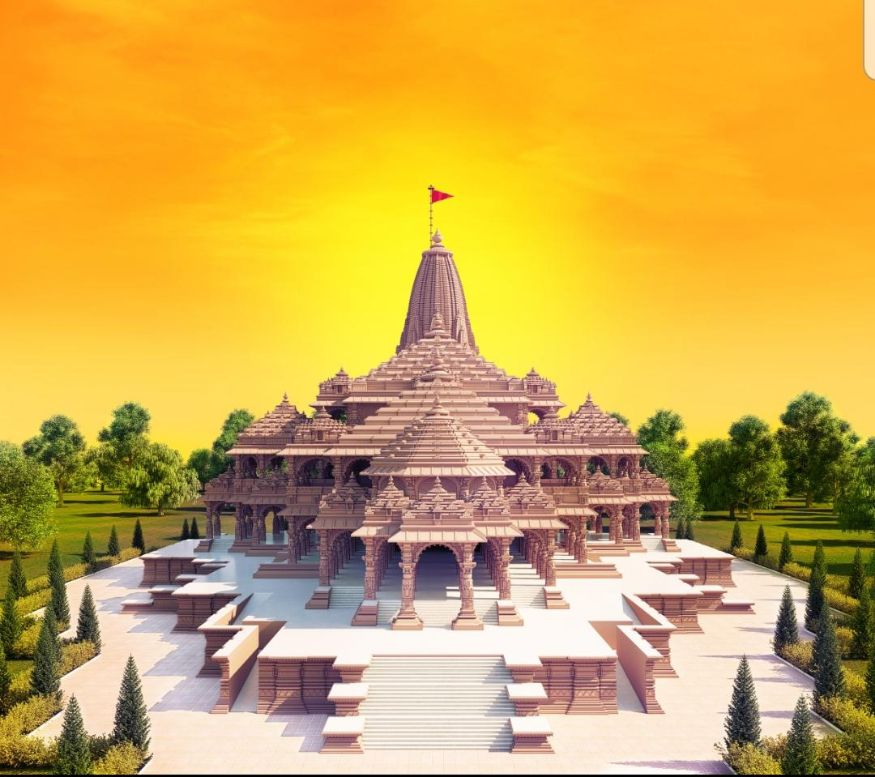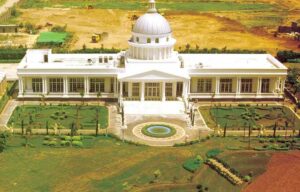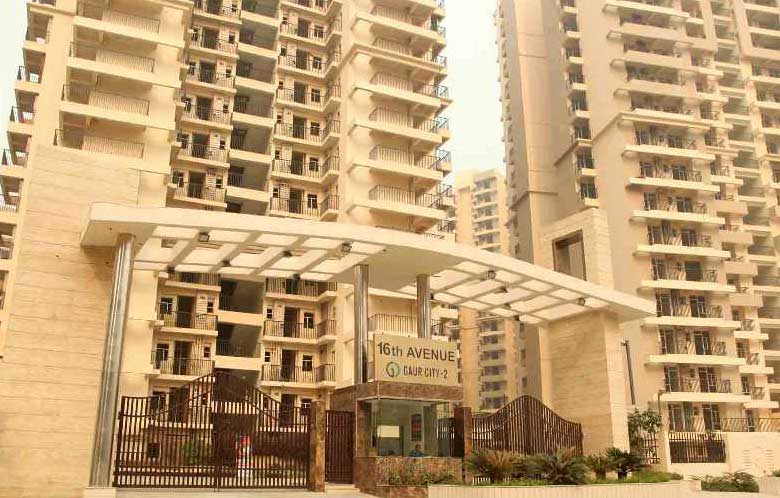
Ayodhya Ram Mandir The proposed format of Sri Ram Temple in Ayodhya. It is necessary to inform the new generation that the Ram temple movement gave society a big foundation to stand together. It is necessary to remember all such positive efforts during fundraising.
Umesh Chaturvedi. In the intervening era of Internet media, the campaign of fundraising for the construction of the Ram temple should be started and it would not be surprising if there is no comment. The commentary group will continue to do this work. But it is also necessary to assess the effects of the Ram temple movement on the pretext of the fundraising campaign. It is no longer unknown to the Ram Mandir movement to break the alleged tolerant tradition of India by a section. In contrast to this idea, the nationalist ideology also sees this movement associated with the awakening of the nation’s pride. Opponents do not get tired of calling it the pride of Hindutva, but the fact is that this sense of public awakening reflects more of nationalism than Hinduism.
The beginning of the movement for the Ram Mandir in the modern era is believed to be from 1853. But the movement that led to its final conclusion started in 1989, which was mainly led by the Vishwa Hindu Parishad. Although the Vishwa Hindu Parishad does not make such a claim, it officially believes that it was a mass movement in the true sense; She played a role in Lok Jagaran. But this folk awakening connected the nation from one end to the other. The goal of the entire movement of independence was not only to liberate the land of India from foreign slavery but also to give a solid foundation to the thinking of nationalism in every Indian’s mind through public awareness. Sanatani thinking was the basis for public awakening.
Bal Gangadhar Tilak and Lala Lajpat Rai did the same thing in the field of politics, in the field of literature and culture, for the public awakening, the way in which Indian cultural values were taken up by Bankimchand, Bharatendu, Subramanian Bharati, etc. Tilak made the Ganpati Pujan at the family level public. Durga Puja of Bengal remained in the same situation. Until the second half of the nineteenth century, this worship was confined to the precincts of Bengali landlords or to certain powerful Bengali families. But the then community leaders of Bengal made its public worship. A similar role was played by Bal Gangadhar Tilak in the former Maratha Empire in the late nineteenth century.
Like Lala Lajpat Rai, even in the western part of the country, he used local cultural symbols for public awakening. He established Vedas and Vedic schools in Punjab through Arya Samaj. Through this, he not only revered the Vedic culture in Western India but through this he played an important role in the public awakening. His faith in the past and his vision of building a future can be seen in his statement. It is the narrow political philosophy developed in independent India that the Ram temple movement was never associated with or seen with these traditions of the freedom movement.
The cultural personalities and symbols that were accepted as a scale for folk awakening and the future system of India in slave India became unacceptable in the politics and culture of independent India. The meaning of religion became narrower in the dictum of ideology developed in independent India. He kept changing in the sect. Righteousness was fitted into the negative grooves of communalism. In such an environment, the Ram Mandir movement also became a form of communalism, not a symbol of public awakening.
The question may arise as to how the Ram Mandir movement united the country. Recall 1990’s Diwali. Then Vishwa Hindu Parishad resorted to this festival of lights to awaken the Sanatan society. The Vishwa Hindu Parishad had decided that a lamp would light the lamps of Sanatani houses across the country. In this way, this campaign played an important role in connecting the country to the thread of unity. In this campaign, the boundaries of castes were broken. Activists of castes that claim to be high also reached the homes of Dalits and backward.
Against the backdrop of all the subsequent events, a section currently emerged which started seeing negative messages even in the events of Gowri. So the fundraising campaign started for Ram Mandir was to be questioned. But in the meantime, the Ram Mandir movement was also seen as a symbol of the rise of nationalism apart from the hierarchy of communalism and the awakening of Indian self-respect and Manisha. As the support of this section of the public increased, the views of its opponents regarding the Ram temple movement have also changed.





